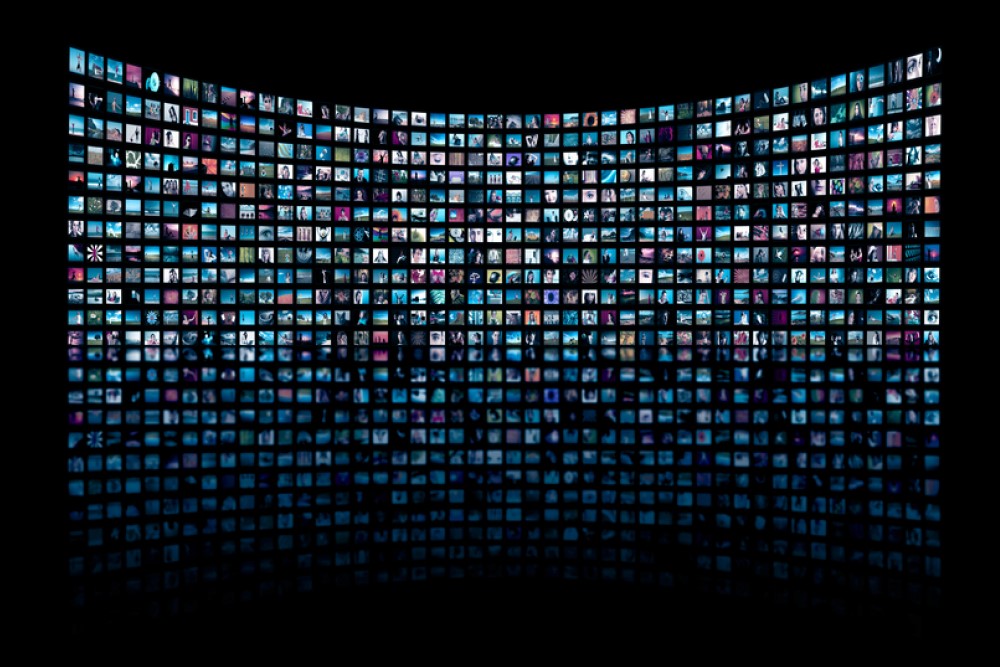Amna Khalid, writing at Persuasion, argues that trigger warnings are futile. The research, she says, shows that trigger warnings do not minimize emotional distress or intrusive thoughts; she references, for example, a meta-analysis which found “that people felt more anxious after receiving the warning.” But beyond these empirical critiques, Khalid also asserts that trigger warnings “pander to student sensitivities—to the extent that it starts undermining the mission of the university.” When trigger warnings are used, she says, “we fail to equip our students with the skills and sensibilities necessary to cope with life” and “[do] them a great disservice.” “Instead of coddling our students,” she writes, “we should be asking why they feel so emotionally brittle. Might it be that their fragility is the result of limited exposure to what constitutes the human condition and the range of human experience?” She concludes: “perhaps, in the end, what [students] need is unmediated, warning-free immersion in more literature, not less.”
Khalid’s argument is heavy on generalization — and lacking in rigor. It’s worth noting at the outset that the article she cites as evidence that trigger warnings don’t minimize intrusive thoughts doesn’t mention trigger warnings, and the meta-analysis she cites is a pre-print. But the problems in Khalid’s argument extend well beyond the data she cites; and no matter the pedigree of those who support it, we have good reason to reject it. Khalid doesn’t just advance a misinformed argument; she fundamentally misunderstands the point.
I will not bury the lede: I argue here that trigger warnings represent a basic act of kindness which demonstrates our respect for the trauma others have endured.
In what follows, I discuss adverse childhood experiences; violent crime and physical violence; severe illness; PTSD; and, finally, sexual assault and rape. No matter your choice to engage with this work or not, you have my thanks.
. . .
The banality of trauma is difficult to overstate. Adverse childhood experiences, as defined in the Journal of the American Medical Association, include
experiencing physical, emotional, or sexual abuse; witnessing violence in the home; having a family member attempt or die by suicide; and growing up in a household with substance use, mental health problems, or instability due to parental separation, divorce, or incarceration.
60.9% of adults have had at least one adverse childhood experience; 15.6% have had four or more. 82.7% of Americans have been exposed to a traumatic event. 2.6 million Americans over the age of 12 have been the victim of a violent crime.
In the context of higher education, the pattern persists. 35% of matriculating undergraduates have seen a loved one experience a life-threatening illness or had such an illness themselves; 24% have personally seen or been the victim of physical violence, and 7% have been sexually assaulted. The same study found that 9% of matriculating students met criteria for PTSD. 20.4% of women at American universities reported experiencing non-consensual penetration, attempted penetration, sexual touching by force, or assault via inability to consent — since they have been enrolled at their institution.
Khalid’s suggestion that students are fragile because of “limited exposure to what constitutes the human condition,” then, is either ignorant or dishonest: students come to the classroom bearing the full weight of the trauma which has been inflicted upon them.
But the problems for Khalid’s argument run deeper. The banality of trauma paints a picture which is difficult to ignore: every day, you interact with people who have been deeply and unforgettably traumatized. And contained in this truth is a question: how will this change how you interact with others?
On one hand, you may choose compassion. To broach a difficult conversation with a friend, for example, you may say to them: “There’s something difficult that we need to talk about soon, but I understand it if you’re not ready right now. Let me know when we can meet, and in what setting you’d be most comfortable having this conversation.”
Similar conversations occur in the professional context. Medicine and social work, for example, have recently begun a shift towards trauma-informed practice. Prior to discussing sexual health or other sensitive topics, a physician may say: “I have some questions which can be uncomfortable. I ask them because I want to provide the best care that I can, but I also understand if you’re not in a place to talk about them right now.” A social worker, when onboarding a new client, may say “I understand that things have been challenging for you lately, but I want to meet you where you are. Tell me when you’re ready to talk about what’s been bothering you, and I’ll do my best to support you in whatever ways you need.”
Or, analogously, a professor may say to their students: “As part of our next class, you may be exposed to topics and material that may bring about complex emotions. I want you to know that, for all of my concern for you as a student, I care for you as a human being more. I will do my best to ensure that our conversation is respectful and affirming; but if you need to not participate in this conversation, or not attend this particular discussion, I completely understand. And if you need support before or after, I am here to listen and help however I can.”
Each of these statements, spanning personal and professional interactions, represents a “trigger warning” of a kind: critics frequently ignore that portending a difficult conversation is a normal part of both personal and professional life.
But these critics also misunderstand the purpose of such statements. Trigger warnings are not about minimizing emotional distress or intrusive thoughts.
Furthermore, it should be taken as an obvious truth that trigger warnings increase anxiety: anyone who is told that a difficult conversation lies ahead will be understandably anxious. When Khalid and the researchers she cites argue through reference to data on these outcomes, they fundamentally miss the point.
Trigger warnings, as represented in all of the examples above, are a communicative act: they communicate a speaker’s understanding that traumatic experiences are ubiquitous, their desire to support others, and their respect for how challenging a conversation can be. They portend what is to come, but vitally, communicate that you are not alone in your struggle. Trigger warnings, then, show a respect for the trauma which others have endured, and solidarity with them as they navigate life after; they represent a basic act of kindness through which we, as individuals and as professionals, can express our respect for others. When understood in this light, Khalid’s argument against trigger warnings is made all the more cruel. To “equip our students with the skills and sensibilities necessary to cope with life,” should we withhold our respect and kindness from them? Should we ensure that they experience “unmediated, warning-free immersion” in the content of their trauma, and extol our virtue for doing so?
I answer no — but the choice remains yours. Compassion is not the only option, and you may choose its alternative; and as I have written in these pages before, the choices you make represent who you really are. If trigger warnings represent coddling or pandering, count me among the coddlers and panders; if respecting the trauma of others conflicts with the mission of the university, I reject the university and all it stands for.
I, for one, will choose compassion.










